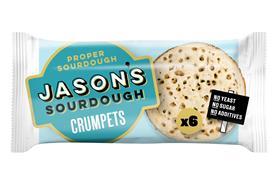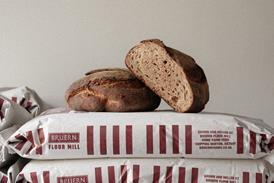IFE 2019: Which trends are set to impact UK bakery?

The International Food & Drink Event (IFE) took place at ExCeL London last week, featuring hundreds of exhibitors from across the globe showcasing their wares.
To continue reading, register for free
You are what you read, registration is quick, easy and free. Just click register now and you’ll be finished faster than it takes you to butter a crumpet!
Don’t miss out:
- Unlimited access to content
- Regular newsletters to your inbox
- Save articles to read later on
- A more personalised experience
Already registered? Please log-in here


















